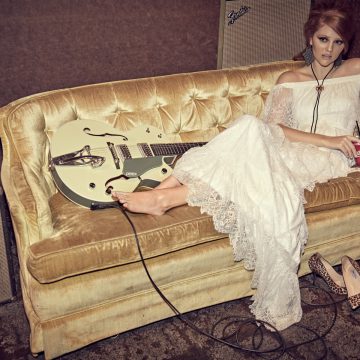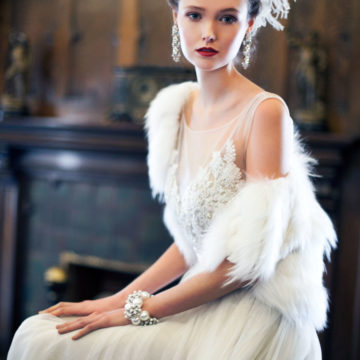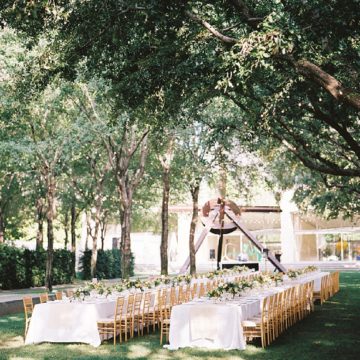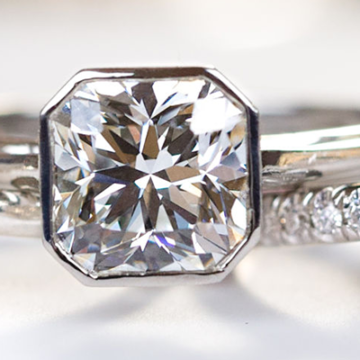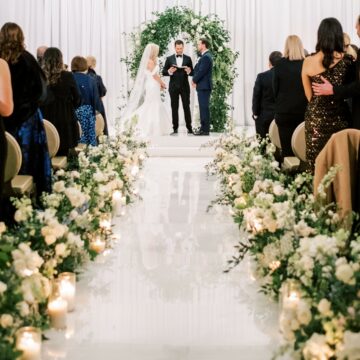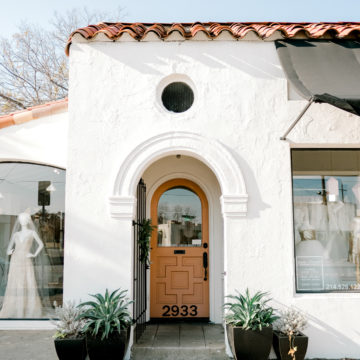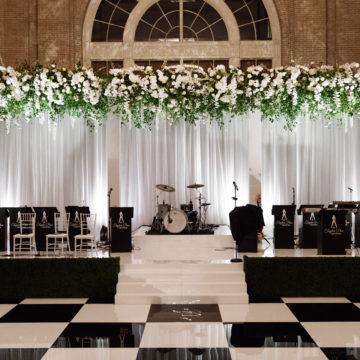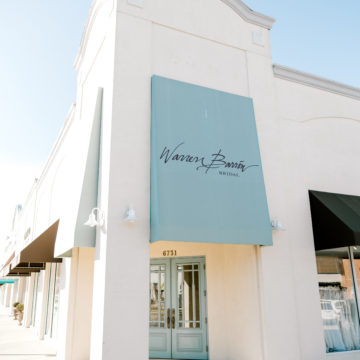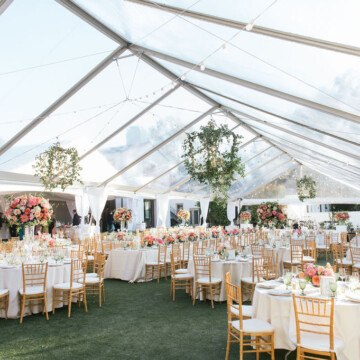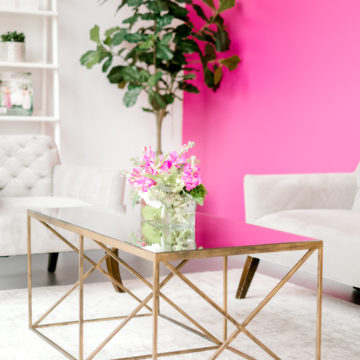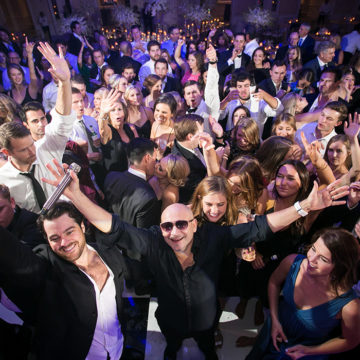
Food for thought for how to select china, flatware, and more for your wedding registry.
HOW TO BUY: DINNERWARE
• If you register for china, the two most typical types are bone and porcelain. Bone china, which is a double-fired mix of porcelain and bone ash, is the strongest. It will have a translucent appearance and a milky-white tone. Non-porous porcelain is fired at an extremely high temperature, making it incredibly resilient. It is generally thicker than bone china.
• More and more brides are opting to forgo fine china. Unless you host elegant dinner parties, it may not be a must. Besides, a lot of everyday dinnerware options available today are pretty enough to use for formal entertaining, and they’re easier to care for and far less expensive than china. Stoneware—so named because of its durability—is the most common type.
• Twelve place settings is a good number to shoot for. But if you entertain large parties or worry about breaking any, opt for 14 to 16.
HOW TO BUY: COOKWARE
The great debate: What type of material should you go with? There are pros and cons to each:
• Stainless – Durable and dishwasher safe, these pots are nonreactive (meaning they won’t react poorly with acidic foods like other materials can). High-quality stainless cookware has a copper or aluminum plate bonded to the bottom to provide better heat distribution.
• Aluminum – Heats quickly and evenly, but is reactive. If you go with aluminum, go for the anodized version, which is non-reactive, scratch-resistant, and conducts heat better.
• Copper – A favorite of chefs, copper cookware conducts heat well and cooks evenly—though it comes at a price. It’s also reactive and requires polishing and maintenance, making copper a high-maintenance choice.
• Cast-iron – Raw cast-iron cookware is cheaper than other materials, tough, and is non-stick once seasoned. It heats evenly and can be used for frying, simmering, browning, and even baking. On the downside, it is reactive and requires special cleaning.
• Non-stick – These pans are lined with a chemical coating that ensures food won’t stick. They’re easy to clean and low-maintenance, but they’re less durable than other materials. You also don’t get the same searing effect with nonstick cookware that you do with uncoated pans.
HOW TO BUY: FLATWARE
• A five-piece place setting consists of a dinner knife, dinner fork, salad fork, tablespoon, and teaspoon. You can supplement with additional pieces like soup spoons, butter knives, and sugar spoons if you choose.
• Most everyday flatware is composed of stainless steel. Look for a quality grade of 18/10 or 18/8, which refers to the chromium and nickel contents, respectively. Formal flatware is typically made of sterling silver and requires polishing and hand-washing. Silver-plate flatware, which are nickel or brass pieces coated in 100% silver, is a cheaper (and dishwasher-safe) alternative.
• Pattern is a matter of choice, but the most common are plain, floral, banded, and angular. Finishes can range from a dull “rubbed” finish to a high-shine mirrored look.
• Find the right fit for you. Hold each piece in your hand to make sure you like the shape of the utensil. Pay attention to size and weight. The “bowls” of spoons in particular can vary wildly from place setting to place setting.
HOW TO BUY: STEMWARE
• A set of crystal stemware can be a fun, fancy upgrade. But if you do more casual imbibing, it’s not a necessity.
• Register for a set of white wine glasses and red wine goblets (which will be larger-bowled than their white-wine counterparts). Shapes and sizes range, so pick based on preference. (Or go stemless if you worry about spills!)
• Choose specialty glassware depending on what you drink. Champagne flutes are nice for celebratory occasions, and martini glasses and Old-Fashioned glasses are good standbys. If beer is your drink of choice, consider going beyond standard pint glasses and registering for shapely glassware that enhances the flavor of different brews.
• Eight to 12 wine glasses is standard, but a few extra never hurt, considering that stems snap easily. You can do fewer on the specialty glassware depending on your needs.
SERVINGWARE CHECKLIST:
☐ Platters
☐ Serving bowls of all sizes
☐ Salad bowl and servers
☐ Casseroles
☐ Trays
☐ Soup tureen
☐ Cake plate/stand
☐ Pitcher
☐ Decanter
☐ Teapot
☐ Ice bucket
☐ Chip and dip
☐ Serving baskets
☐ Gravy boat
☐ Appetizer/dessert plates
☐ Butter dish
☐ Chargers
☐ Salt and pepper shakers
COOKWARE CHECKLIST:
☐ 4- or 5-inch skillet
☐ 8- or 9-inch skillet
☐ Deep-sided 10- or 12-inch skillet
☐ 2- or 3-quart saucepan with lid
☐ 4 or 6-quart Dutch oven
☐ 8-inch stock pot with pasta insert

